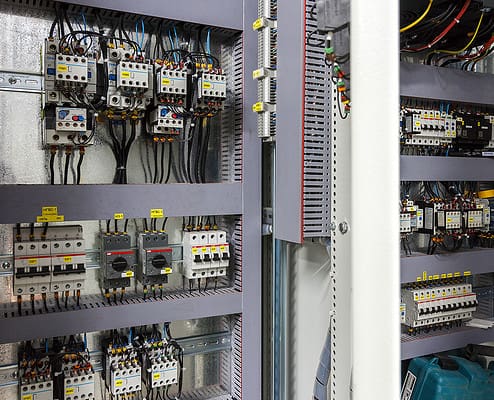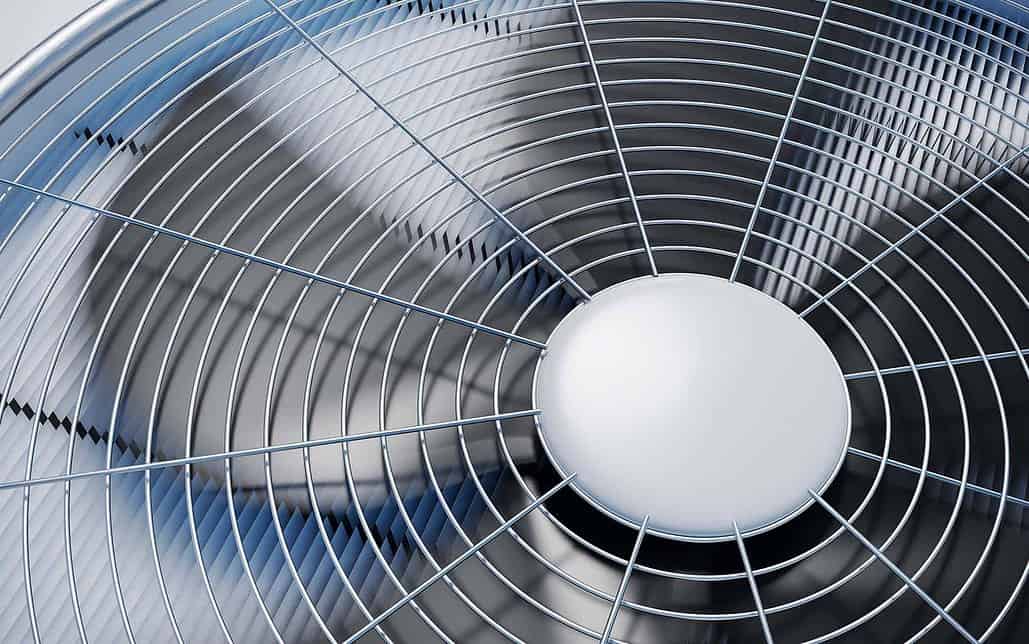 https://frazierservicecompany.com/wp-content/uploads/2024/03/Control-cabinet-in-control-room.-Mechanics-maintenance-room-concept.jpg
1250
2000
AbstraktMarketing
/wp-content/uploads/2021/03/Fraizer-Service-Logo-Color-New.png
AbstraktMarketing2024-03-22 15:24:572024-04-16 15:25:47The Future Advancements of Commercial Building Automation
https://frazierservicecompany.com/wp-content/uploads/2024/03/Control-cabinet-in-control-room.-Mechanics-maintenance-room-concept.jpg
1250
2000
AbstraktMarketing
/wp-content/uploads/2021/03/Fraizer-Service-Logo-Color-New.png
AbstraktMarketing2024-03-22 15:24:572024-04-16 15:25:47The Future Advancements of Commercial Building AutomationEight Energy Efficient Retrofits Your Commercial Building Needs to Save Money
In today’s economy, it’s looking more important than ever to cut costs and save money. When you own a commercial building, energy usage can be an important part of doing just that—and it’s easier than you might think! You can save money on your energy bills and improve your indoor environment with these eight energy efficient retrofits for your commercial building.
How Can I Make My Commercial Building More Energy Efficient With Retrofits?
Something to understand about all of these retrofits and renovations is that they do require up front costs. It would be unfeasible to invest in all of these changes at once, as the costs would be very high and could result in steep debt.
1. Upgrade your lighting
Upgrading lighting is a great way to save money. Electricity costs can be reduced by replacing outdated, energy heavy incandescent bulbs with more energy-efficient alternatives.
If your building is large, replacing all of your lights might be prohibitively expensive, but even changing a few can help you save on your utility bill. If you have any fluorescent lights or other types that are still working well, you might want to think about replacing just those bulbs before replacing all of them. This will lead to quicker savings and much better energy efficiency.
2. Install solar panels
Solar panels can help you save money on your electricity bills, especially if you consume a lot of energy. It will also help you reduce your carbon footprint and support renewable energy. Depending on the size of the system and the amount of energy you plan to generate, the cost of installing solar panels will vary. A typical solar panel system can cost $40,000 to $60,000 for an office building, but the government may offer tax credits for 30% or more of that cost.
When choosing solar panels, you should consider how much sunlight the area receives. Due to cloud cover and short days, sunlight may not be available in some areas of the world for weeks or even months, so the investment may not be worthwhile.
3. Get a new HVAC system
Install a new HVAC system to save money in the long run. Installing a new heating, ventilation, and air conditioning (HVAC) system can be expensive, but it will lower your energy bills over time. The energy bill can be reduced by up to 20% with a well-maintained HVAC system and a modern thermostat.
On top of lowering costs over time, older HVAC systems are more likely to fail or have malfunctions which can be very expensive to repair.
4. Fix your leaks
Having a toilet or sink that leaks constantly may not seem like an emergency, but the costs add up quickly. A toilet that is constantly flowing can go through 4,300 gallons of wasted water per day, or about $15.00 per day. Over the course of a month, that toilet has cost about $250.
Other common leaks include dripping faucets, busted pipes (fix immediately!) and gas lines. Mold, pollutants, and other issues can arise from any of these issues and cost you a lot of money.
5. Educate your employees
Educating employees on how to be energy efficient is a great way to make them more aware of the company’s goals. Plus, with all the technology available today, there are many ways to track and measure energy use. This helps identify where potential savings could be made.
Most employees will be fine with making efforts to cut back on energy, but be sure to be realistic about everything as well. Nagging an employee every time they leave their screen on during a break or forget to turn off a light can lead to a bad work environment. Yes, having an expectation to turn off the light when leaving a room is good, but investing in automatic lights might be better. The same goes for computer screen savers, and other items that use energy.
6. Allow for Virtual Work
It is possible to reduce office costs by allowing virtual work. Using virtual work can give you access to a wider range of talent and skills compared to other methods of hiring.
Furthermore, it allows people to work from home, so they are not using energy from the office. The following strategies can be used to significantly reduce the costs of running an office building:
- Block off part of the building: Some businesses run a style of office where a certain block of the building is working from home once or twice a week. This can be an entire floor, a group of offices, or any other area that works. In these areas, the air conditioning/heater is adjusted, the lights are off, and electricity isn’t being used.
- Virtual Days: In some cases, it isn’t really cost effective to do the first strategy, such as when all parts of an office need to be used, regardless if everyone is there or not. Virtual days allow for the entire office to be closed and for everyone to stay home. That means a full day with no lights, water usage, or other forms of electronics being used. With a typical Monday-Friday schedule, this means cutting some costs by 20%.
7. Automate your thermostat
Automated thermostats save money by taking human error out of the equation. They also take advantage of peak energy demand periods when power is in highest demand and the most expensive, such as mornings and evenings. This means that you have an opportunity to reduce your bills by a significant amount.
These thermostats can also be set to not run as much during weekends, holidays, and nights. When you really think about it, an office is normally only occupied 10 hours a day, five days a week, or about 30% of the week. So why run the HVAC system the other 70%?
8. Add insulation
Adding insulation to your commercial building can save money on cooling and heating costs. The U.S. Department of Energy estimates that adding insulation in a typical commercial building can reduce energy consumption by 30%. Adding insulation is also an environmentally friendly way of reducing your carbon footprint.
Frazier Service has Decades of Experience Retrofitting Buildings for Energy Efficiency
If you are looking for ways to reduce costs, there are many—but few are as simple as energy efficient retrofits through Frazier Service. Start a conversation to learn how our experts help lower your utility bill.







